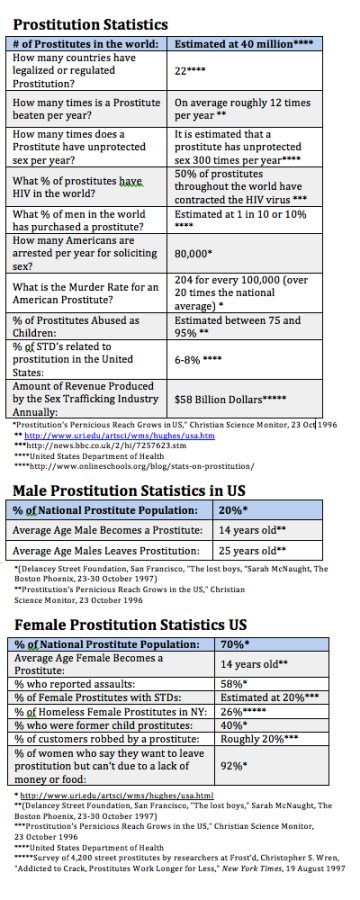What You Should Know About the Age of Consent

Statutory rape, by definition, does not entail any use of force in the initiation of sexual intercourse. Instead, statutory rape is a sex crime that solely considers the age of both sexual partners. All cases of statutory rape involve consenting sexual partners. What makes the act illegal is when one sex partner is legally not of age to consent to having sex with an older partner. The legal age at which lawmakers believe a child is capable of making a reasonable decision and consent is referred to as the age of consent.
Lawmakers decide on the age of consent based on the advice of developmental psychologists and from child advocacy organizations. Statutory rape law is designed to protect naive youths from the sexual advances of older adults who may use their advanced age to take sexual advantage of youths. The law is designed to curb the passive coercion that is inherent in sexual relationships having a great difference of age. Teenagers are developmentally in a different place than adults and are thus more susceptible to being passively coerced into having sex.
The controversy of many states’ statutory rape legislation is that nobody can agree on what is the proper age of consent because the developmental age of each teenager is different. It would be impractical to assess the mental age of each individual teenage statutory rape victim so the law relies on chronological age. The age of consent varies to a great degree from state to state; some states have harsher statutory rape laws than others.
The harshness of a statutory rape law depends on how boldly the law defines what exactly entails statutory rape. Some offer very little discretion in their statutory rape legislation, simply defining the age of consent as the primary component of prosecution. These states have statutory rape legislation like Montana that defines the age of consent as 16 years of age. Anyone who is 16 and over may not have sexual relations with anyone under 16.
Some states have age of consent provisions in their statutory rape legislation that stipulate that sexual relations between teenagers or young adults should not exceed a certain age gap. For example, the state of New Jersey defines the age of consent as anyone between ages 13 and 16 may not legally have sex with someone 5 years or older than them. After someone has reached 17 years of age, they may choose to have sex with anyone older than them, provided that the sex act is consensual with both people involved.
Other states’ statutory rape legislation targets males. Therefore it is legal for an older female to have sex with a teenage boy. Many famous cases of older females engaging in sex with teenage boys, like the case of Mary Letourneau, gained media attention on this reality. Mary Letourneau was a 35-year old schoolteacher who had consensual sex with her then 13-year old student. She was caught when the boy impregnated her.
The Letourneau case took place in Florida, a state that recognizes female offender statutory rape. Letourneau was convicted which prompted legislators of many other states to amend statutory rape laws to include similar cases to that of Ms. Letourneau.
Some states do not have statutory rape legislation that is applicable to homosexual sex acts between one who is over the age of consent and the other below the age of consent. The Kansas State Supreme Court case Kansas v. Limon (2004) prompted many states to include homosexual sex in their existing statutory rape legislation. The outcome of the Limon case involves the topic of judicial discrimination based on sexual orientation. Limon, then 18, performed consensual oral sex on his male fifteen 15-year old friend. He was charged with sodomy and given a sentence of 17 years in prison.
If his act were of a heterosexual nature, the Romeo and Juliet statutory rape provisions would apply for the same act. Limon would have faced a maximum sentence of 15 months in prison. He appealed based on the equal protection clause of the 14th amendment and the Kansas Appellate court upheld the original ruling.
Age of Consent does not apply to acts of sodomy under Kansas law. This flagrant case of de juris discrimination prompted many states to make homosexual acts applicable to their respective statutory rape legislation if they had not already. There remain states, however, that still do not have such provisions, including Kansas. Limon remains in jail for 17 years.






















